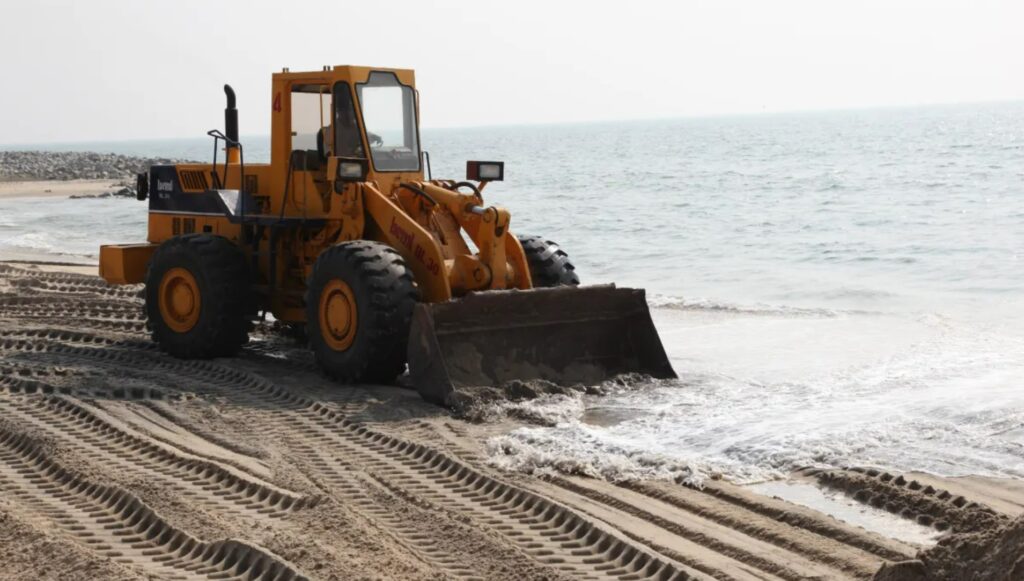NEW DELHI (Realist English). India is accelerating efforts to develop its own rare earth element (REE) industry as global concerns mount over Beijing’s tightening grip on critical mineral exports. With supply chains rattled by Chinese export curbs, Indian officials are evaluating how to strengthen domestic production through both public and private sector collaboration.
According to sources cited by CNBC-TV18, the Indian government is considering a greater role for Indian Rare Earths (IREL) — a state-owned firm — to ramp up REE output. Measures under review include government-backed incentives, capital subsidies, and new partnerships with private companies.
The urgency follows China’s recent move to restrict exports of rare earths, a decision that has disrupted supply lines for automotive and electronics manufacturers across India, the U.S., Japan, South Korea, and Germany. Indian Commerce and Industry Minister Piyush Goyal described the situation as a “wake-up call” and said India must position itself as a viable alternative supplier.
“This is a moment of opportunity,” said Geoffrey Pyatt, former U.S. Assistant Secretary of State for Energy Resources, now with McLarty Associates. “It’s a chance to deepen U.S.–India collaboration on critical mineral supply chains.”
China’s continued dominance
While Beijing has signaled it may ease some restrictions as part of ongoing trade negotiations, including a proposed deal with the U.S., China remains by far the dominant player in the global rare earths market. It produces about 60% of global supply and processes nearly 90%, giving it strategic leverage in sectors from clean energy and robotics to defense and space technologies.
India’s underutilized potential
Despite being the world’s third-largest holder of rare earth reserves — with 6.9 million tons, according to the U.S. Geological Survey — India contributes less than 1% of global REE production. It also holds nearly 35% of global beach and sand mineral deposits, which are significant REE sources.
According to Gracelin Baskaran of the Center for Strategic and International Studies (CSIS), this positions India to become a “key player in diversifying the rare earths supply chain.” But major obstacles remain.
India currently lacks the advanced processing and separation technologies needed to refine rare earths for end-use. It also faces deficits in specialized technical expertise, infrastructure in key mining regions, and sufficient private investment.
A shift in policy
To address these gaps, India launched the National Critical Mineral Mission in 2025, a strategic initiative aimed at building self-reliance in critical mineral supply. As part of the effort, several REE-focused industrial projects are underway, including a rare earths magnet manufacturing plant operated by IREL.
Analysts say India’s dual role as both a major future supplier and consumer — particularly in sectors such as electric vehicles, electronics, and defense — is driving renewed government interest and private investment.
“India cannot replace China’s dominance,” said CSIS’ Baskaran, “but it can absolutely emerge as a credible alternative source in the global market.”
Meanwhile, India is also seeking new international suppliers and continuing to import from China. Reports suggest that a delegation of Indian auto industry representatives will soon travel to China in an effort to secure rare earth magnet supplies, underscoring the pressing need for reliable alternatives.
